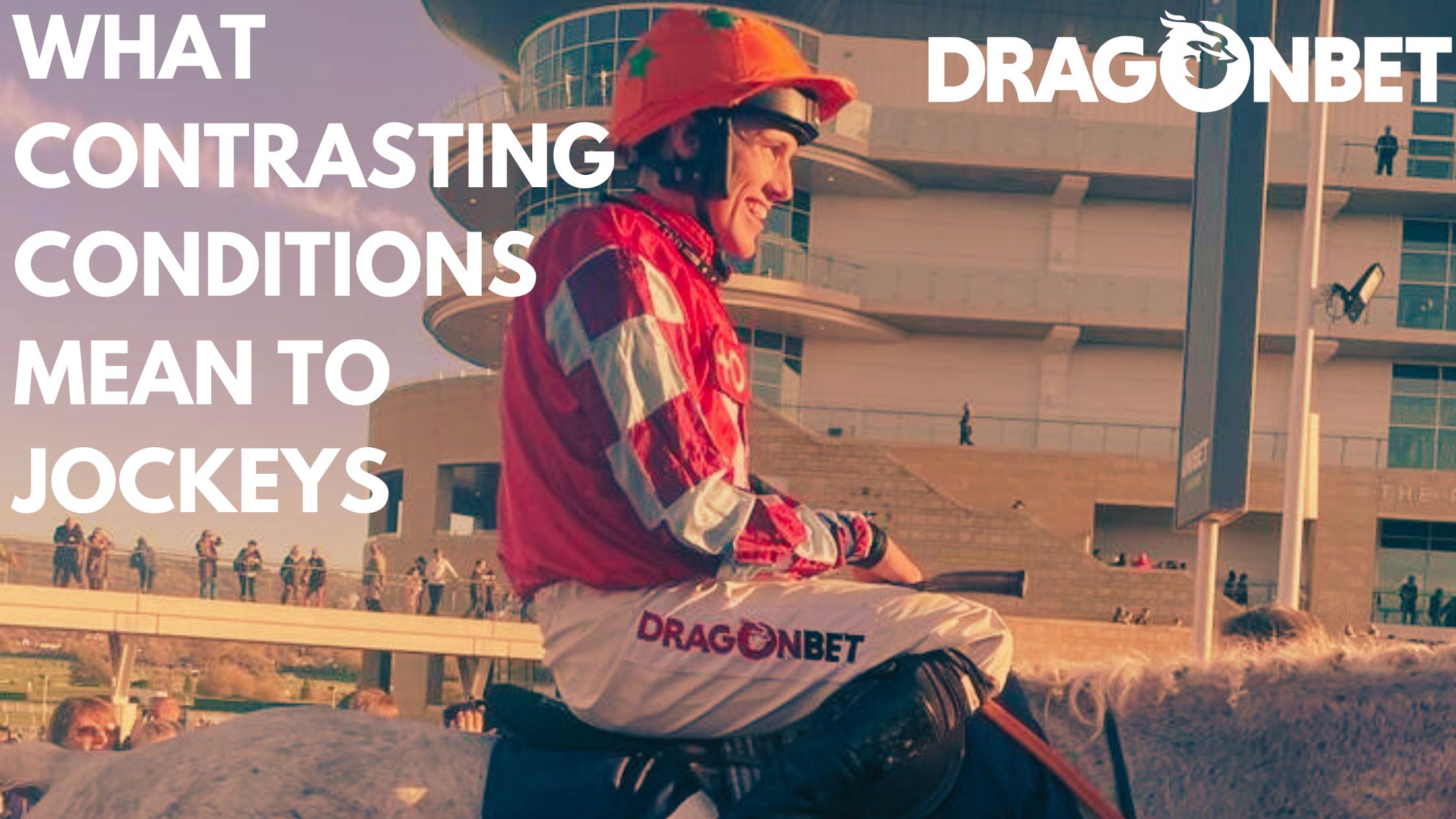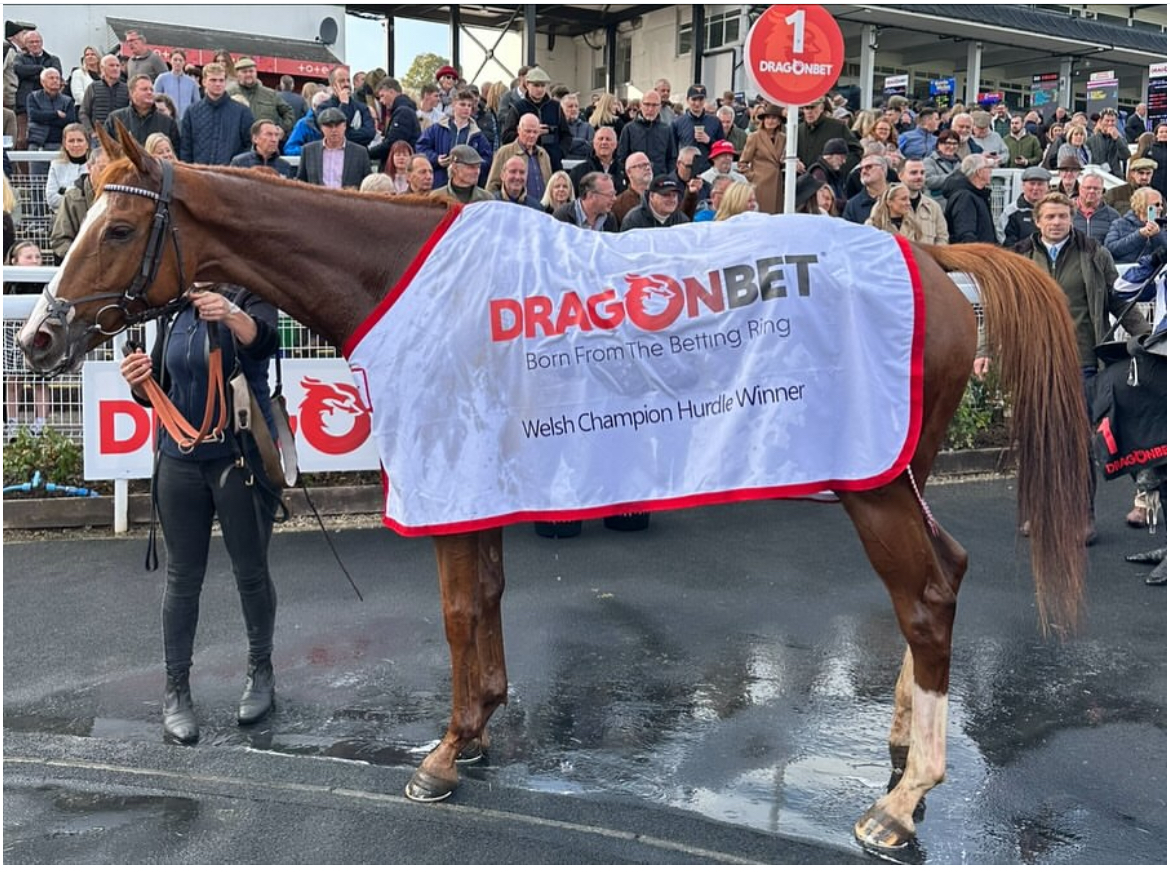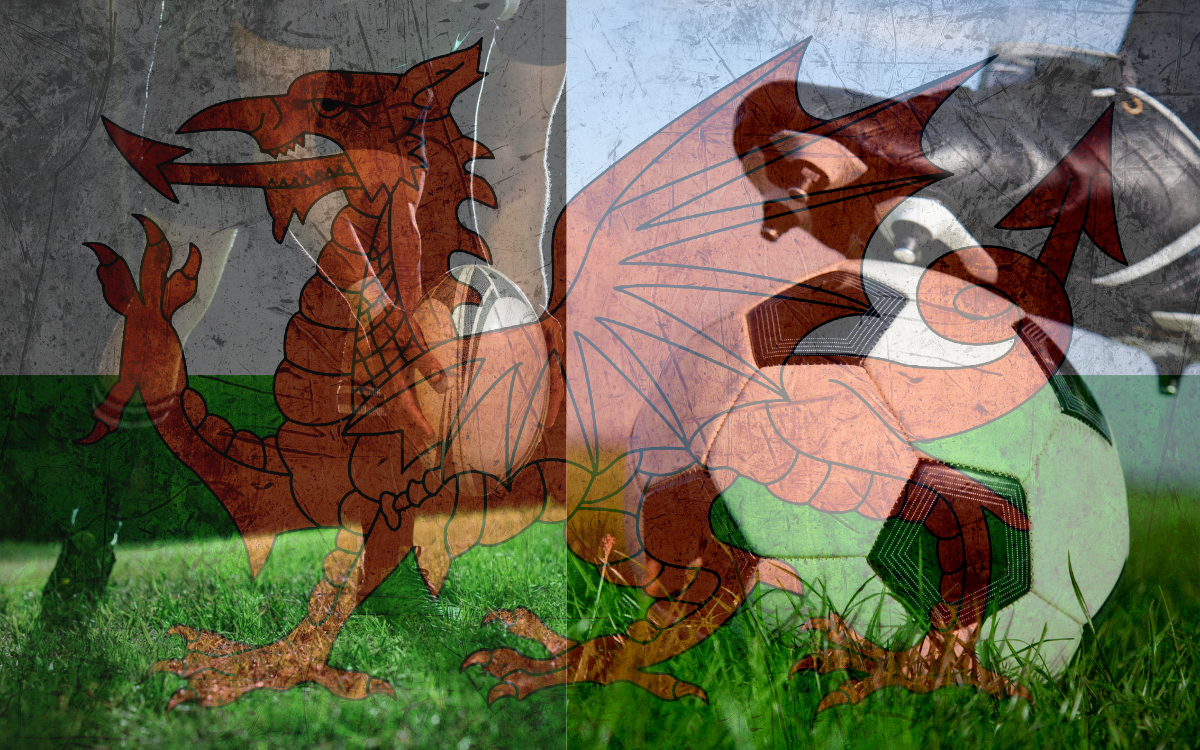I regularly hear TV commentators & pundits describing the horse making the running as “doing the donkey work”. This implies the horse making the running is generally at a disadvantage. The suggestion is that the lead horse is often little more than a pace-maker for those following, and this horse was always destined to be swallowed up by the pack once the race heated up. In instances where the lead horse has won it is often implied that the horse won in spite of, rather than because, it made the running. It is often deemed that they have done “the heavy lifting” in the same way as a cyclist who is leading the peloton does.
Of course, in the velodrome, the leader is never the leader for long as the lead cyclist inevitably peels away and momentarily takes their foot off the gas and gives one of the lycra-clad posse around them their brief moment in the lead. Seconds later the new leader will do the very same as the process repeats itself.
In cycling, this happens as the leader experiences up to 66% more air resistance than those in their slipstream. This fact forces cyclists to become highly tactical which, in turn, makes the sport interesting. You can’t just “make all” in the Tour de France. But you can in horse racing and I’m going to explain why making the running is not always a bad thing and, in my opinion, is often the easiest place to be during a horse race.
First of all, quite simply, you are not forfeiting any ground to your rivals. This obviously applies to jump racing as opposed to flat racing. Horses who jump off at the back of the field will have to make up the ground they have forfeited at some point.
It’s worth quickly pointing out that making the running will not suit every horse. Each horse has a personality of its own and while most horses can enjoy making the running, there are many that do not have the mindset to lead through an entire race.
Making the running often has the experiential benefit of being more enjoyable for the horse. The horse in front can quite often travel through much of a race with their ears pricked which is an indicator of a horse enjoying themselves. You rarely, if ever, see horses who are following do this.
If you are unharried on the front end you face no bumping or barging or scrimmaging with those looking for racing room around you. Anecdotally, I’ve found horses tend to jump better when they are in front. For a start, there is clear daylight in front of you so you get an unobstructed view of the obstacles. With less distractions around you most horses tend to focus more on the upcoming obstacle and, as a result, respect the jump more. Often, a good jumper is simply a horse that concentrates on trying to be a good jumper.
Perhaps the biggest advantage of making the running is that you get to go as fast or as slow as you like. You can speed up & slow down at certain points in a race to suit how your horse feels. Those following you will essentially dance to the beat of your drum. If you speed up, so will those behind you; if you slow down, so will those behind you.
This is not always the case, of course – if you go too fast the rest of the field have the option of ignoring you altogether and setting their own pace. Go too slow and those behind you have the option of pushing the pace on and taking the lead off you. But your rivals will, at the very least, be impacted by what you do and, in many instances, they will follow you like sheep. These jockeys aren’t following you blind when they do this. They will be influenced by their own factors – they may want to hold their position; they may not want to allow you to gain an unassailable lead; or they may want to take the lead off you but not have the right horse to do this. Factors like these (or similar) may mean these jockeys understand they are giving you an advantage but are unable to do anything about it.
Racing tends to be a mix of tactical races “cat & mouse” and races where the target of the lead horse is to run the finish out of their rivals. There is often a bit of both involved in any given race. Two great examples of contrasting tactics successfully employed by the lead horse are the 2015 & 2016 Champion Hurdle. In 2015 Ruby Walsh dictated a slow tempo on Faugheen to turn the race into a sprint which played into the hands of the speedy Faugheen. The Racing Post race description succinctly described the ride “Made all, dictating steady pace”… “quickened off bend between last 2”. Ruby Walsh was a master of this type of ride. This tactic is not often employable, however, as you have to have the rest of the field on horses who are happy to follow you even if you are going slow. This ride is more often an opportunistic tactic employed when it is clear there is a lack of pace in the race.
The contrast to this ride is the 2016 Champion Hurdle. Same race, same trainer, same jockey, same owner (& silks) but crucially – a different horse with different strengths. Annie Power’s strength was stamina and Ruby made full use of this by trying to race at a strong pace to blunt the speed of those around him. It worked – there’s more than one way to skin a cat.
Ok, so there are the benefits. But racing, like life, is rarely straightforward. There are many pitfalls jockeys can be lured towards when attempting to lead from flag fall to finish line. Not least the fact that many of your competitors can also be planning to do the same thing. How fast are you willing to go to get to the front? What if 5 others want to lead? But you won last time on this horse by making all. These instances nearly always result in an above-optimum speed of racing for a spell of the race. Sometimes just for the first fence, usually for 2 or 3 fences, and occasionally for 90% of the race, which can lead to a pace collapse and a horse that has sat cold out the back coming through to win.
So, let’s follow through on this last time out winner I’ve mentioned above and play it through to its conclusion:
Take a 15 runner field as an example, (3 miles, low grade stuff) and quite often as many as 13 will line up across the length of the track which signifies an intention by these jockeys to race in the first 4 or 5 positions. The other two rather sensibly declaring they will “take their time”.
Obviously, 13 horses can’t race in the first 4 positions but this is what creates these early sprints to get “a good position”, as demanded by their trainers. In most instances, these 13 horses will be ridden aggressively to the first jump. Those that can’t cope with this speed will accept their fate and their position pretty quickly – it doesn’t pay dividends to have your horse out of its comfort zone this early in a race. Of these 13 lining up only 5 have stated they actually positively want to lead the race.
If your horse has jumped into stride quickly, met the first jump on a good stride and shown good early speed there is every chance you will get to the front. Once you have jumped a couple of fences quite often you can gradually apply the handbrake and steady the pace to wherever you feel happy. Those just in behind you are happy they have managed to have a spot so close to the front and will now go whatever speed you dictate. Those further back (either by design or otherwise) are either happy where they are or just have to accept it. And hey presto, the race is now in full flow and you are going the speed that suits you, your horse has his/her ears pricked, is jumping well, and best of all – you’re not in the scrum that is taking place just a few feet behind you.
And there we have it, a race that seemed impossible to lead, indeed, one that would be unwise to even attempt leading is now under your control. You are the calm before the storm. Life almost seems serene out in front. With the wind noisily blowing in your ears and your gaze firmly fixed on what’s in front of you, it’s easy to forget you are being pursued by such a herd of (nearly) wild animals. All that is left now is to try and win the race.
Oh yes, and just hope you don’t fall off. 14 horses multiplied by 4 hooves means that you are quite likely to be kicked, stood on, and trampled by the 56 feet behind you… Anyway, less of the negativity, there is an open ditch coming up so you’d better concentrate.


















